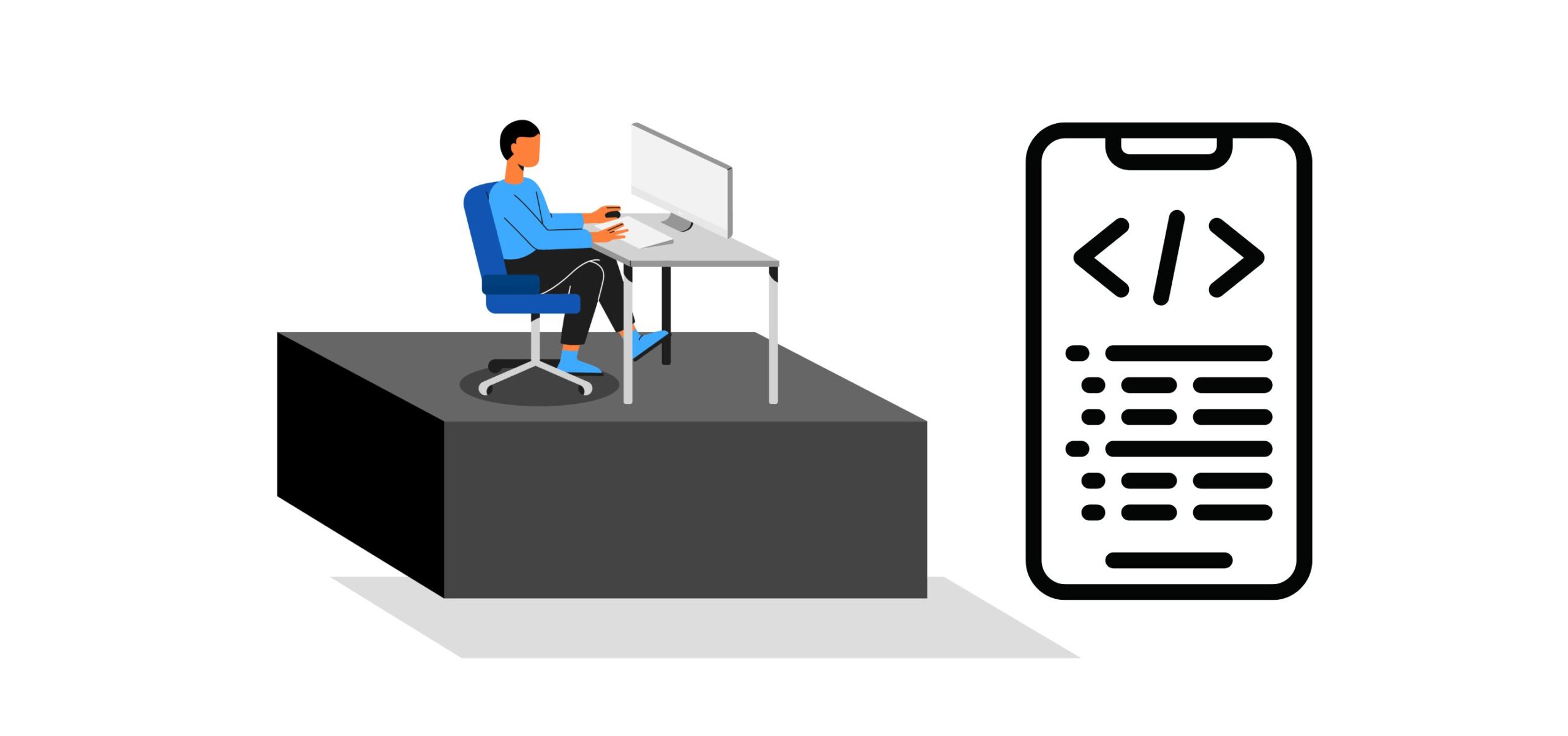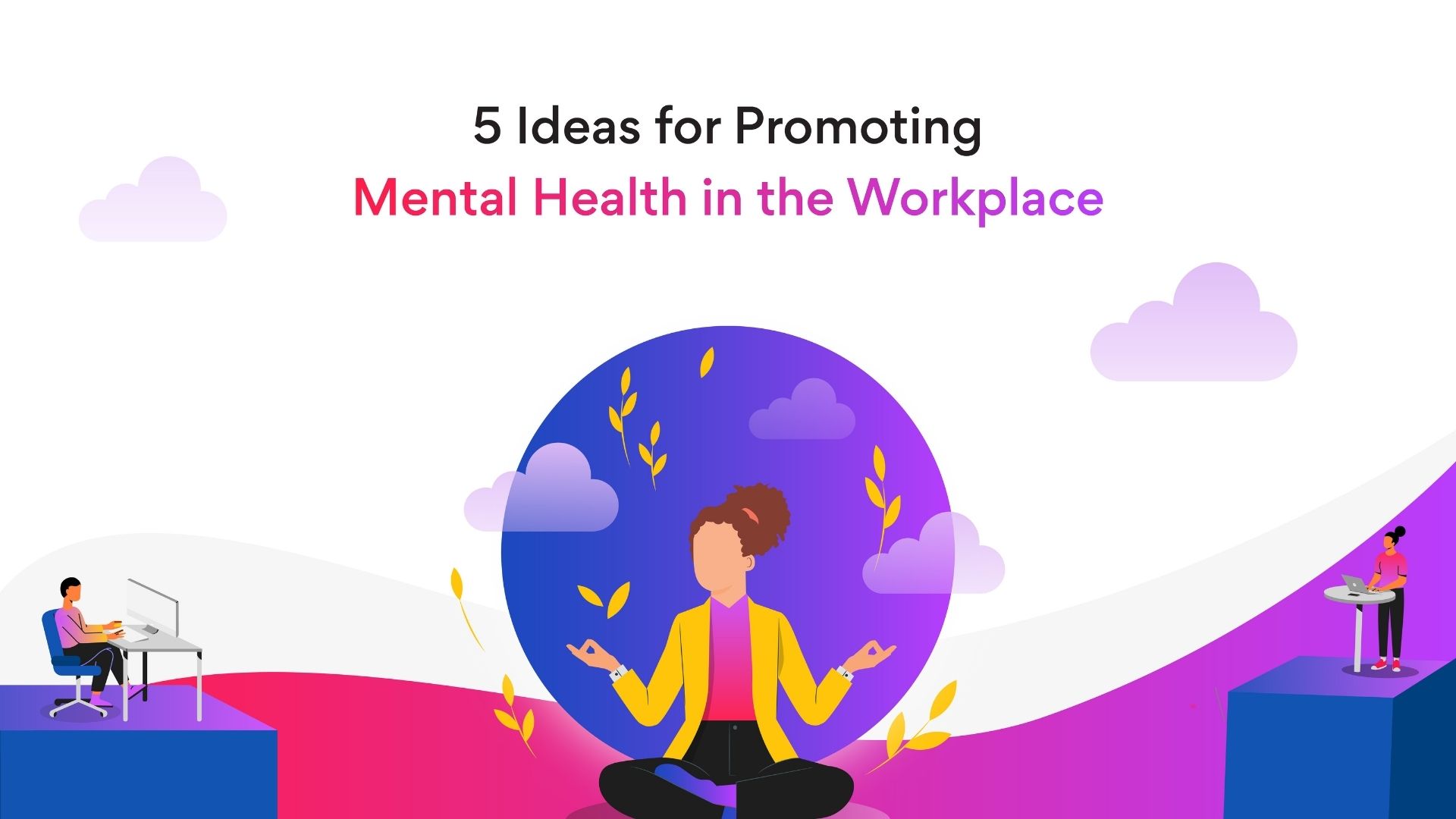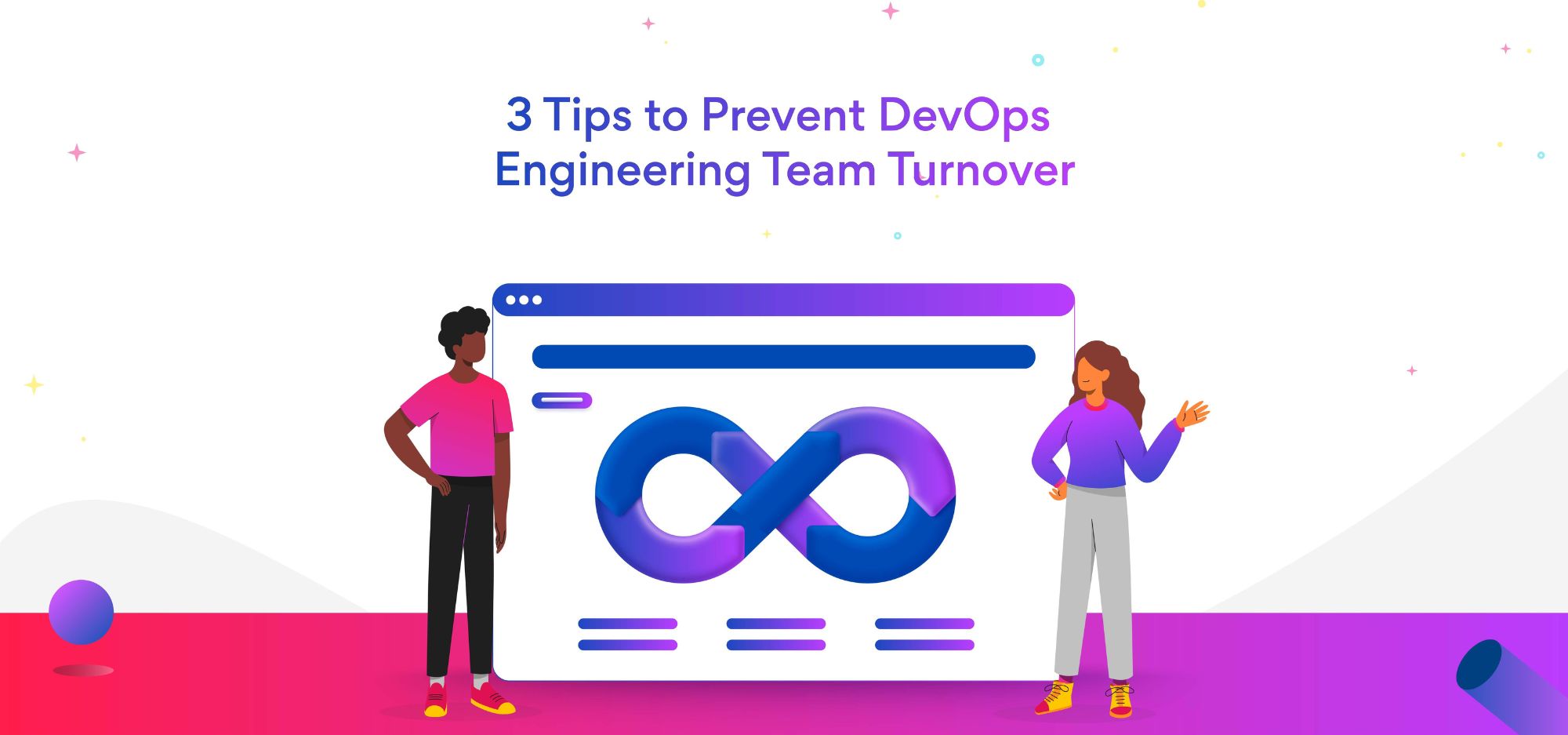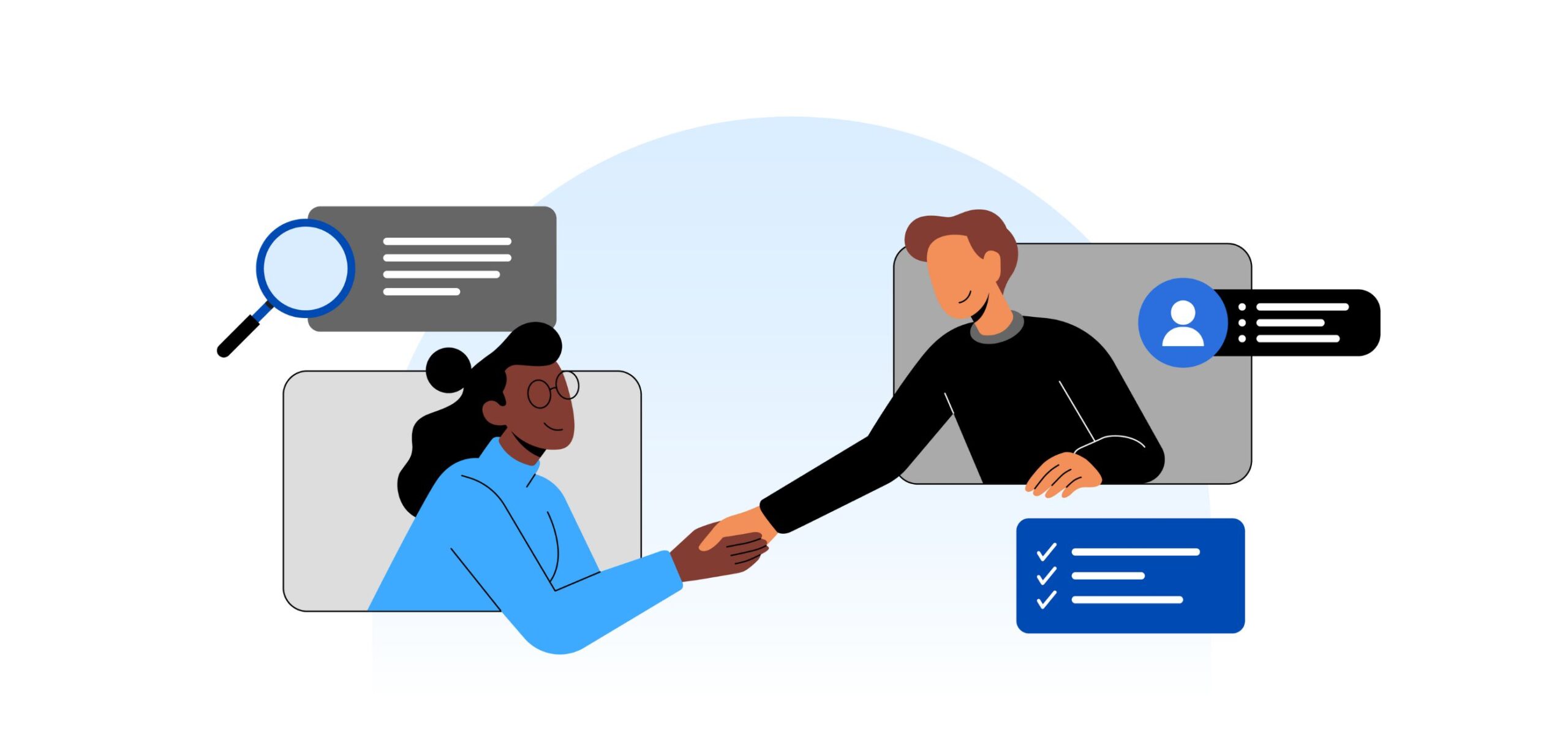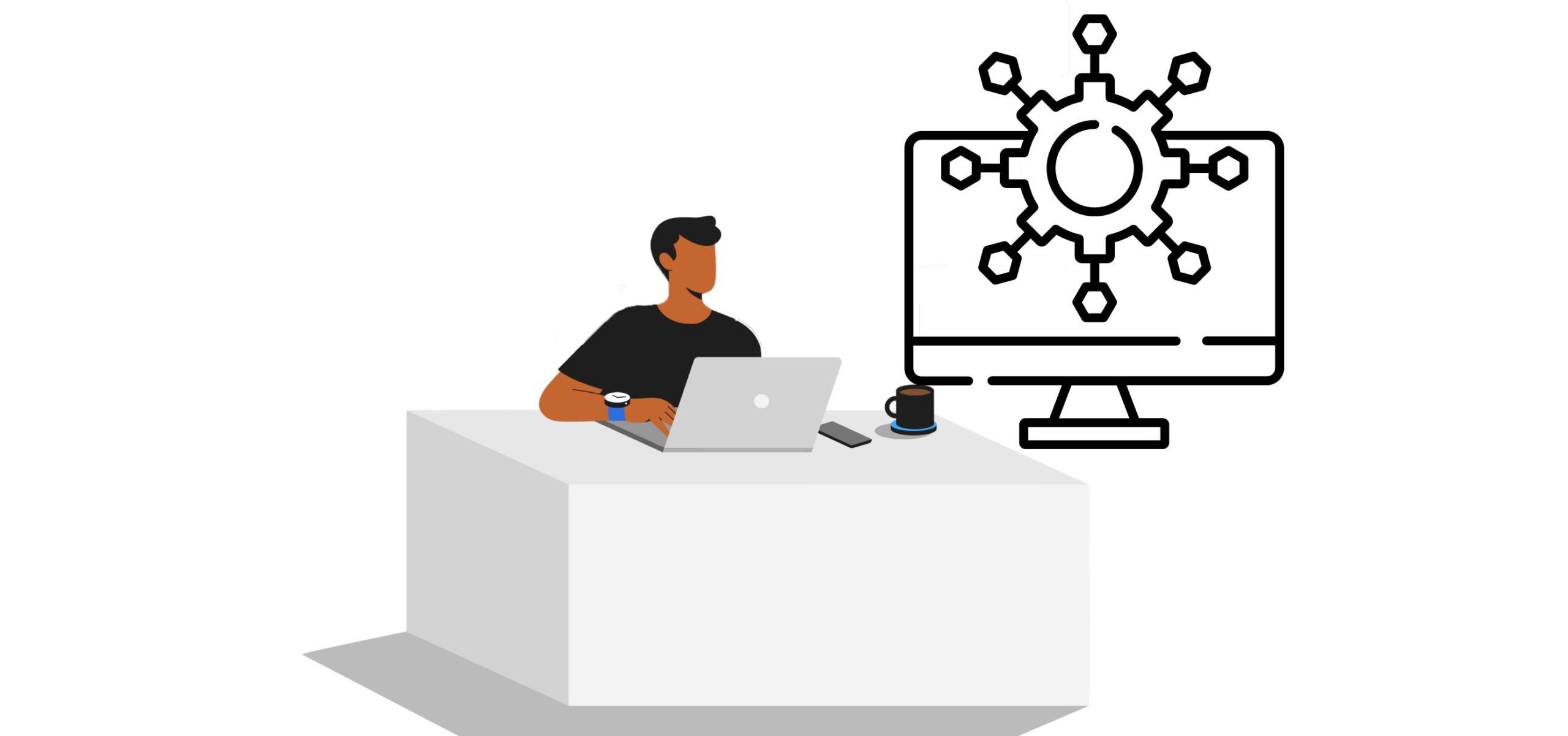From Burnout to Breakthrough: How AI Addresses Software Engineer Burnout
With the dynamic landscape of the modern workforce, employee burnout has emerged as a major concern. This phenomenon is characterized by overwhelming demands, constant connectivity, and an unrelenting pace, all of which negatively impact the well-being of employees.
Enter artificial intelligence (AI), a powerful ally in reshaping the workplace. When combined with progressive work policies, AI’s transformative capabilities become a catalyst for mitigating software engineer burnout. The result is a marked improvement in both employee engagement and overall productivity.
The software engineer burnout crisis
Often there is an imbalance between job demand and job resources. Software engineers, in particular, struggle with challenges created by this imbalance. They find it difficult to separate insights from the noise, and even if they manage to do so, it often comes at the expense of creativity.
Artificial intelligence can lift the burden, freeing software engineers from mundane responsibilities and allowing them to unlock their productivity potential. Organizations that remain vigilant in this regard not only free their workforce from trivial tasks but also foster an environment that unleashes creativity, ultimately paving the way for improved productivity.
Harnessing AI to address software engineer burnout
AI has emerged as more than a tool for automation—it serves as a strategic partner in tackling software engineer burnout. AI-driven algorithms discern work patterns, identify stress triggers, and recommend customized strategies to improve the work-life balance for software engineers.
Here are some methods with which you can leverage AI.
Automation of routine tasks
One of the main causes of burnout is repetitive tasks. AI can free up software developers from these mundane tasks and allow them to focus on more meaningful and creative work. This allows teams to achieve more in the same portion of time while lessening the risk of software engineer burnout.
Tailored work environment
AI can help personalize work environments to individual needs. With advanced analytics and machine learning, AI can study individual patterns and preferences to allow organizations to optimize employee workloads. This optimal distribution of tasks makes sure that every engineer’s capabilities are properly utilized, leading to better job satisfaction.
Predictive well-being
AI can predict potential burnout by analyzing data related to the behavior of the software engineer, work patterns, and other stress indicators. Through this, organizations can take preventive measures to make sure the well-being of their software engineer workforce reduces the risk of software engineer burnout.
AI-driven collaboration
AI offers intelligent collaboration tools that offer seamless collaboration, knowledge sharing, and project coordination among project teams. This provides a foundation for a more collaborative work environment.
Shaping the future of work culture with AI
As AI continues to expand its impact on the tech landscape, the workplace also continues to transform significantly. This evolution, ranging from addressing software engineer burnout to fostering breakthroughs, is driven by AI’s contributions. It improves employee well-being, customizes experiences, and creates a collaborative environment tailored to the specific needs and challenges in software development.
At Turing, we recognize the critical importance of prioritizing the well-being of software engineers in this evolving technological landscape. Our AI-driven solutions are designed not only to address burnout concerns but also to empower you, ensuring a balanced and fulfilling work experience.
Join us in shaping the future of work culture, where innovation and employee well-being coexist harmoniously. Let’s revolutionize your development journey together — explore the possibilities with Turing today!
Join a network of the world's best developers and get long-term remote software jobs with better compensation and career growth.





